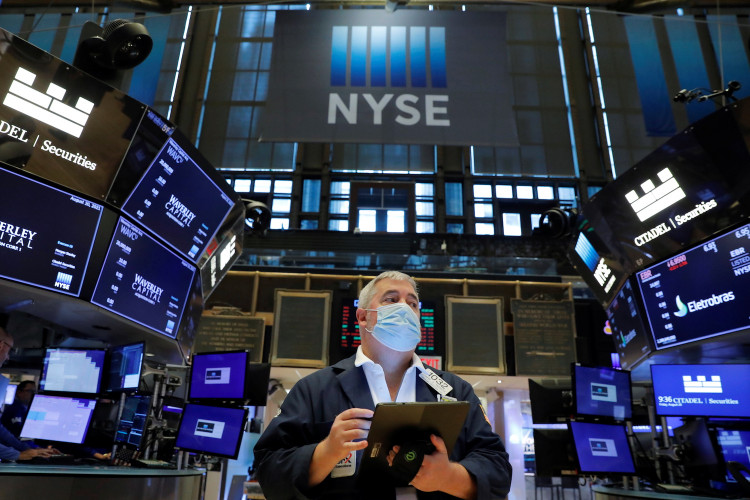As the latest economic indicators roll in, U.S. Treasury yields have reached the highest levels seen this year, signaling a shift in investor expectations regarding the Federal Reserve's monetary policy timeline. The rise in yields, particularly evident in the 10- and 30-year bonds, underscores growing concerns about persistent inflation despite signs of slowing economic growth.
Recent data revealing a modest 1.6% annualized growth rate in the U.S. GDP for the first quarter fell short of the anticipated 2.4%. However, it was the unexpected jump in core inflation to 3.7% that caught the attention of bond traders, overshadowing the lower-than-expected jobless claims for the week.
This inflationary pressure has led traders to recalibrate their expectations for the Fed's rate cuts, now foreseeing a delay until December, rather than earlier in the year as previously hoped. The market's response was immediate, with the yield on two-year Treasuries climbing about 9 basis points to just over 5%, while the benchmark 10-year yield surged to 4.706%, the highest since November of the previous year.
Bob Doll, Chief Investment Officer at Crossmark Global Investments, articulated the predicament facing the Federal Reserve: "The Fed has got to buy time here. They are between a rock and a hard place," he stated in a Bloomberg Television interview. Doll suggested that while the Fed might hold off on raising rates, the upward trajectory in long-term yields could continue if the economy remains resilient.
The impact of these dynamics was also evident in the Treasury market's response to new issuances. Following robust demand for two- and five-year notes earlier in the week, a $44 billion auction of seven-year notes was set to test investor appetite further. With yields climbing, the market's reception of this issuance could provide critical insights into future demand dynamics.
Market participants are now bracing for next week's Federal Reserve policy meeting with heightened interest. While no change in interest rates is anticipated at this juncture, investors are keenly awaiting any indications from the Fed regarding the anticipated trajectory of future rate cuts.
This reassessment among traders reflects a broader recalibration in the face of conflicting signals-slowing growth versus persistent inflation. It poses significant implications for fiscal policy and economic forecasting moving forward.
As yields rise, the cost of borrowing could inch higher for the U.S. government, which might influence future budgetary decisions and economic policies. Meanwhile, investors are adjusting their strategies to hedge against the possibility of continued inflation and a potentially slower pace of rate reductions by the Fed.
The complex interplay between economic growth, inflation, and Federal Reserve policy continues to dominate discussions in financial circles, as stakeholders from various sectors evaluate the potential long-term impacts on their interests and the broader economic landscape.






